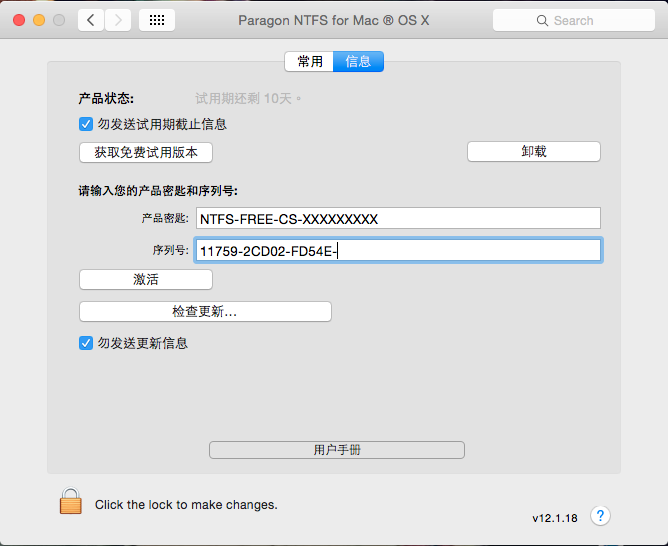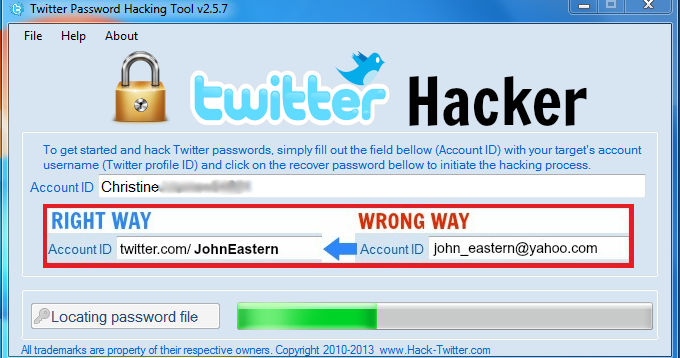
The EXT2 filesystem was quite successful. It was used in Linux distributions for many years, and it was the first filesystem I encountered when I started using Red Hat Linux 5.0 back in about 1997. I found very little published information about the EXT filesystem that can be verified, apparently because it had significant problems and was quickly superseded by the EXT2 filesystem. The primary structural changes were to the metadata of the filesystem, which was based on the Unix filesystem (UFS), which is also known as the Berkeley Fast File System (FFS). The original EXT filesystem (Extended) was written by Rémy Card and released with Linux in 1992 to overcome some size limitations of the Minix filesystem.
#Extfs serial pdf
If you'd like to learn more, there is an excellent PDF with a detailed description of the Minix filesystem structure and a quick overview of the inode pointer structure on Wikipedia. The Minix filesystem inodes supported nine data blocks, seven direct and two indirect. In Minix and the EXT1-3 filesystems, this is a list of data zones or blocks. The inode also contains data that points to the location of the file's data on the hard drive.

This includes the file's size the user IDs of the file's user and group owners the file mode (i.e., the access permissions) and three timestamps specifying the time and date that: the file was last accessed, last modified, and the data in the inode was last modified. What is an inode? Short for index-node, an inode is a 256-byte block on the disk and stores data about the file.
#Extfs serial free
If the bit is zero, the zone or inode is free and available for use, but if the bit is one, the data zone or inode is in use.
#Extfs serial code
Its code was freely available and appropriately licensed to allow Torvalds to include it in his first version of Linux. Minix was a Unix-like operating system written for educational purposes. Tanenbaum and was a part of Tanenbaum's Minix operating system. So he simply included the Minix filesystem, which had been written by Andrew S.

When writing the original Linux kernel, Linus Torvalds needed a filesystem but didn't want to write one then.
#Extfs serial software


I want to go into more detail about the specifics of the EXT filesystems, but first, let's answer the question, "What is a filesystem?" A filesystem is all of the following: In previous articles about Linux filesystems, I wrote an introduction to Linux filesystems and about some higher-level concepts such as everything is a file.


 0 kommentar(er)
0 kommentar(er)
